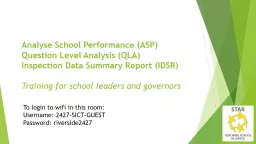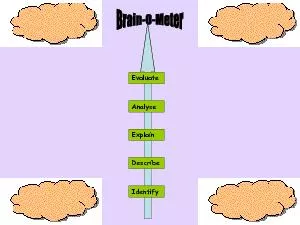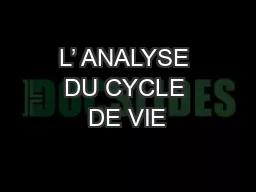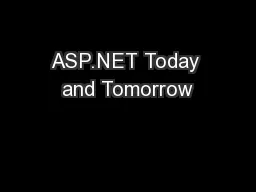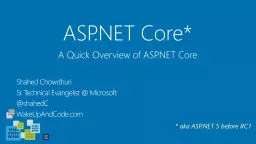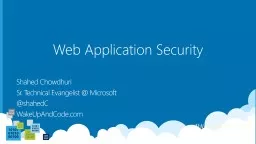PPT-Analyse School Performance (ASP)
Author : lindy-dunigan | Published Date : 2019-06-29
Question Level Analysis QLA Inspection Data Summary Report IDSR Training for school leaders and governors To login to wifi in this room Username 2427SICTGUEST
Presentation Embed Code
Download Presentation
Download Presentation The PPT/PDF document "Analyse School Performance (ASP)" is the property of its rightful owner. Permission is granted to download and print the materials on this website for personal, non-commercial use only, and to display it on your personal computer provided you do not modify the materials and that you retain all copyright notices contained in the materials. By downloading content from our website, you accept the terms of this agreement.
Analyse School Performance (ASP): Transcript
Download Rules Of Document
"Analyse School Performance (ASP)"The content belongs to its owner. You may download and print it for personal use, without modification, and keep all copyright notices. By downloading, you agree to these terms.
Related Documents

